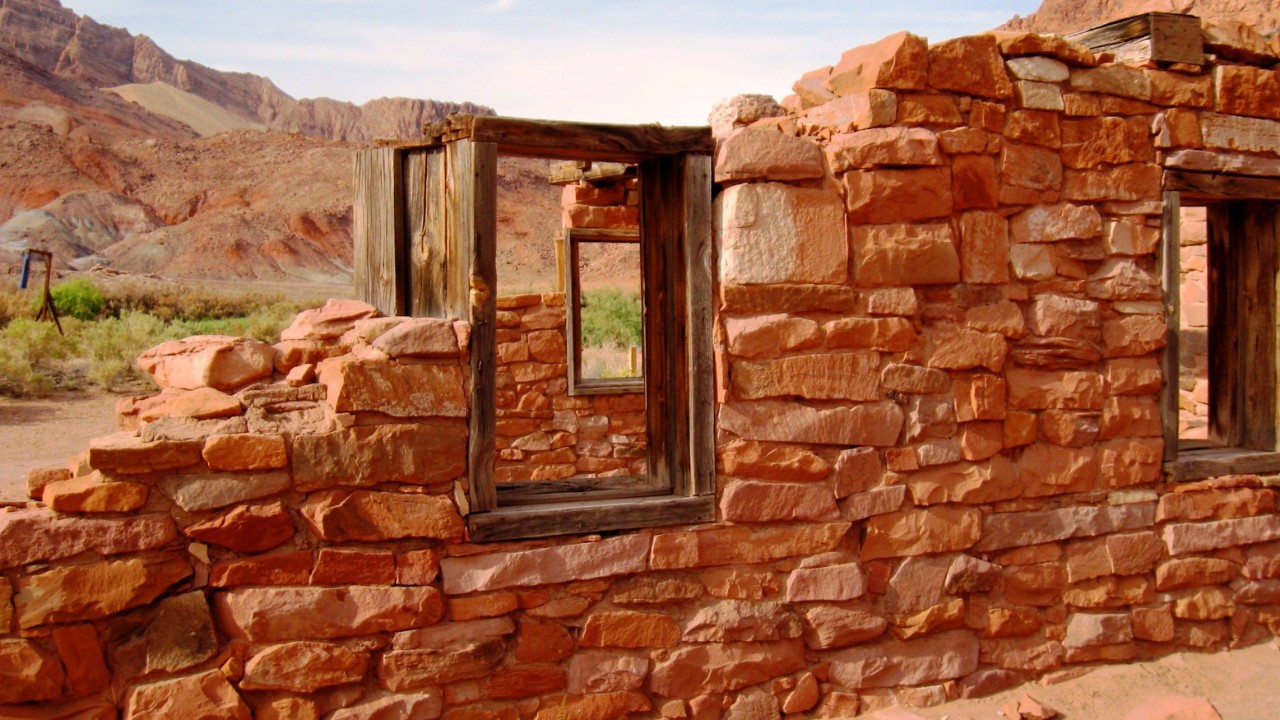Hidden Frontier Forts Of Arizona

Have you ever wondered about the hidden frontier forts of Arizona? These historic sites offer a glimpse into the past, showcasing the rugged life of soldiers and settlers. Many of these forts played crucial roles during the Indian Wars and the westward expansion. Visiting these forts can transport you back to a time when the American West was wild and untamed. From Fort Apache to Fort Huachuca, each location has its own unique story and charm. Whether you're a history buff or just looking for a unique adventure, exploring Arizona's frontier forts is a journey worth taking. Ready to step back in time?
Hidden Frontier Forts of Arizona
Arizona's rugged landscapes hold secrets from the past, including historic forts that once stood as bastions of defense and community. These forts, scattered across the state, offer a glimpse into the lives of soldiers and settlers during the frontier days. Let's explore some of these fascinating locations.
Fort Apache
Fort Apache, established in 1870, played a crucial role in the Indian Wars. Nestled in the White Mountains, it served as a base for military operations and a hub for settlers.
- Fort Apache Historic Park: This park preserves many original buildings, including officers' quarters and barracks. The on-site museum provides detailed exhibits about the fort's history and the Apache people.
Fort Huachuca
Located in southeastern Arizona, Fort Huachuca has a rich history dating back to 1877. Initially built to protect settlers from Apache raids, it later became a significant military installation.
- Fort Huachuca Museum: This museum offers a comprehensive look at the fort's history, including its role in the Buffalo Soldiers' story. Visitors can explore artifacts, photographs, and documents that bring the past to life.
Fort Bowie
Fort Bowie, established in 1862, was a key site during the Apache Wars. It protected the Butterfield Overland Mail route and served as a strategic military post.
- Fort Bowie National Historic Site: Accessible via a scenic hike, this site includes ruins of the original fort and a visitor center with exhibits on the fort's history and the Apache conflicts.
Fort Verde
Fort Verde, located in the Verde Valley, was established in 1865 to protect settlers from Apache and Yavapai attacks. It served as a base for military campaigns in the region.
- Fort Verde State Historic Park: This park features well-preserved buildings, including the commanding officer's quarters and the surgeon's quarters. The museum offers insights into the daily life of soldiers and their families.
Fort McDowell
Fort McDowell, established in 1865, played a significant role in the Indian Wars. It was located near the confluence of the Verde and Salt Rivers, providing strategic advantages.
- Fort McDowell Yavapai Nation: Today, the site is part of the Fort McDowell Yavapai Nation. Visitors can learn about the fort's history and the Yavapai people's culture through exhibits and cultural programs.
Fort Whipple
Fort Whipple, established in 1864, served as a military post and later as a hospital. Located near Prescott, it played a vital role in the region's development.
- Fort Whipple Museum: Housed in the original military hospital, this museum offers exhibits on the fort's history, including its role in the Indian Wars and its later use as a Veterans Administration hospital.
Fort Grant
Fort Grant, established in 1860, was one of Arizona's earliest military posts. It played a key role in the Apache Wars and later served as a state prison.
- Fort Grant Historical Site: Though not open to the public, the site can be viewed from nearby roads. The remains of the fort offer a glimpse into its storied past.
Fort Thomas
Fort Thomas, established in 1876, was built to protect settlers and support military campaigns against the Apache. It was located near the Gila River.
- Fort Thomas Ruins: While little remains of the original fort, the site offers a historical marker and interpretive signs that provide context about its significance.
Fort Mohave
Fort Mohave, established in 1859, was built to protect settlers and travelers along the Colorado River. It later became a reservation school for Native American children.
- Fort Mohave Historical Marker: A marker near the original site provides information about the fort's history and its role in the region's development.
Fort Defiance
Fort Defiance, established in 1851, was the first military post in what is now Arizona. It played a crucial role in the Navajo Wars and later became a Navajo agency.
- Fort Defiance Historic Site: Visitors can explore the remains of the fort and learn about its history through interpretive signs and exhibits.
Discovering Arizona's Hidden Frontier Forts
Exploring Arizona's hidden frontier forts offers a unique glimpse into the state's rich history. These forts, scattered across the desert landscape, tell stories of pioneers, soldiers, and Native American tribes. Visiting places like Fort Apache, Fort Bowie, and Fort Verde allows you to step back in time and experience the challenges and triumphs of those who lived there.
Each fort has its own unique charm and historical significance. Whether you're a history buff or just looking for an adventure, these forts provide a fascinating look into Arizona's past. Don't forget to bring your camera, as the scenic views and historical structures make for great photo opportunities.
So, pack your bags, hit the road, and uncover the hidden gems of Arizona's frontier forts. Your journey through history awaits!

